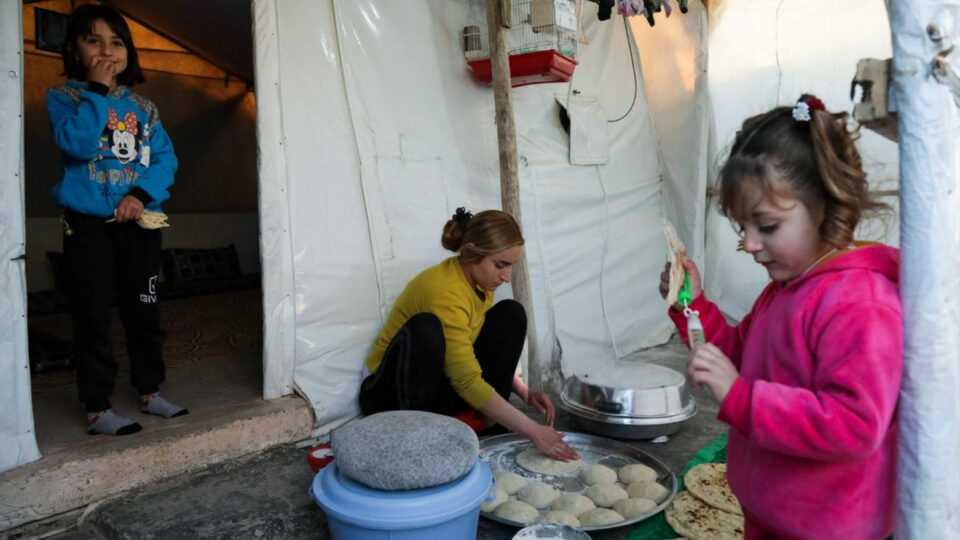Sema
According to the United Nations High Commissioner for Refugees (UNHCR), as of December 2024, more than 36,000 displaced individuals—mostly Yazidis—have left the camps in Erbil and Duhok.
The United Nations has reported that over 511,000 displaced persons and refugees are currently residing in Erbil and Duhok provinces, with the majority living outside formal camps.
The findings, part of the UN’s quarterly report, shed light on the ongoing humanitarian challenges in the Kurdistan Region amid continued displacement and economic strain.
According to the United Nations High Commissioner for Refugees (UNHCR), as of December 2024, more than 36,000 displaced individuals—mostly Yazidis—have left the camps in Erbil and Duhok.
The report also notes that 242,000 refugees, predominantly from Syria, are residing in these two governorates, with 70% of them being women and children, highlighting the vulnerability of the displaced population.
Displacement in Erbil: A Majority Living in Urban Settings
The UN report indicates that Erbil province currently hosts 230,000 displaced persons, of whom 215,000 live outside the camps, integrating into urban and peri-urban areas.
Only 11,000 individuals remain in six designated camps.
Over the past year, 6,600 displaced individuals have departed from these camps, signaling a trend toward reintegration into host communities or seeking alternative accommodations due to deteriorating conditions in formal settlements.
Duhok: The Yazidi Displacement Crisis
Duhok province remains a focal point of displacement, hosting more than 281,000 displaced individuals.
Despite the presence of 14 camps, which house approximately 98,000 people, a significant 65% of the displaced population in Duhok—predominantly Yazidis—reside outside these camps.
The UNHCR report states that 30,000 displaced individuals left the camps in Duhok between January 2024 and the end of the year, settling mainly in areas such as Amedi, Sheikhan, Akre, Semel, and Zakho.
Challenges and Humanitarian Response
The Kurdistan Regional Government (KRG) has provided essential services to displaced communities despite financial and logistical constraints.
However, the growing number of displaced persons living outside camps presents additional challenges in terms of housing, employment, education, and healthcare access.
Aid organizations continue to emphasize the need for sustainable solutions, including livelihood programs and durable housing options, to support long-term integration.
The UN’s findings come at a time when the international humanitarian community faces funding shortfalls, further complicating efforts to assist displaced populations.
UN agencies and local authorities have urged donor countries to renew financial commitments to maintain essential services, including food distribution, medical care, and education initiatives for displaced children.
The Road Ahead
The continued presence of large displaced populations in Erbil and Duhok highlights the protracted nature of Iraq’s displacement crisis. With conditions in many areas of origin remaining unstable, return prospects for many displaced persons, particularly Yazidis, remain uncertain.
As humanitarian organizations navigate funding and logistical constraints, policymakers must prioritize long-term strategies that ensure the stability and well-being of displaced communities, whether through reintegration or resettlement efforts.
The coming months will be crucial in determining whether displaced populations receive the necessary support to rebuild their lives or face prolonged hardship amid dwindling international assistance.

